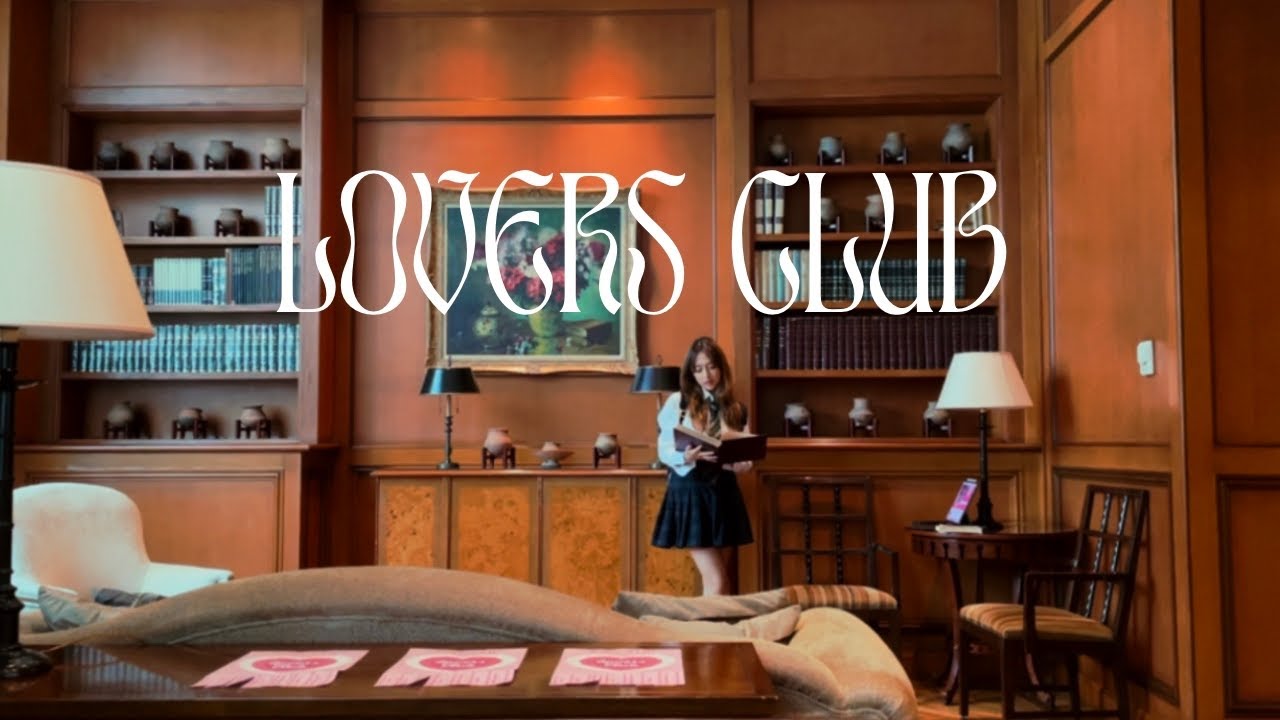It started like a whisper in the night—an invitation to a small, dimly lit club on a Friday evening. I wasn’t fully prepared for how that first night would change me. The flashing lights, pulsating speakers, and synchronized crowd movement felt like a secret world only accessible through the language of beats. I walked in as a stranger and walked out as a lover of the club music scene.
Unlike traditional concerts, club culture offered a uniquely immersive environment. There wasn’t a stage separating the artists from the crowd; the DJ was one of us, elevated yet within reach. From that moment on, I was hooked—not to the party scene, but to the sound, the energy, and the collective vibe that lived only in clubs.
Falling in Love with the Beat: The Allure of Electronic Rhythms
The allure of club music lies in its rhythm—unpredictable yet hypnotic. As a lover of the club music scene, I quickly found that genres like house, techno, trance, and drum & bass each told their own story. House music brought warmth and groove, while techno had a darker, more industrial intensity. Trance was emotional; drum & bass, kinetic and relentless.
Unlike pop, which often focuses on lyrics, club music emphasizes feel and flow. You’re not just listening—you’re experiencing. Over time, I trained my ears to pick out layers: the sub-bass undercurrents, the acid synth lines, the hi-hat patterns that build suspense before the drop. It became more than a sound; it was a pulse, a code I learned to understand and feel in my bones.
The Evolution of Club Culture and Music Genres
Being a long-time lover of the club music scene means witnessing its evolution. What started as underground rave culture in warehouses evolved into a global phenomenon. From Berlin’s Berghain to Ibiza’s beach parties, club culture has shaped nightlife, fashion, and digital art.
Genres have morphed too. EDM exploded into mainstream festivals, but deep house, melodic techno, and UK garage continued to grow quietly in underground circles. Club culture is fluid, always adapting to new technologies and cultural shifts. It thrives on innovation—new mixing techniques, evolving sound design, and cross-genre experiments.
Through each phase, one thing remains constant: the commitment to energy and connection through music.
From Raver to Insider: Understanding the Scene Beyond the Dancefloor
At first, I was just a raver, lost in the crowd and blissfully unaware of the intricacies behind the scenes. But true love deepens with understanding. I began to notice the artistry in DJ transitions, how promoters curated lineups to build a musical journey throughout the night.
The more involved I became, the more I respected the community that holds the scene together: event organizers, lighting engineers, security, and bartenders—all contribute to the energy of the night. Becoming a part of online forums, Discord channels, and private events opened up a network of passionate creatives who lived and breathed the music.
It wasn’t just about dancing anymore—it was about belonging, co-creating the vibe, and showing up as part of a living ecosystem.
Festival Fever: How Massive Events Shaped My Music Taste
The club scene isn’t confined to dark, enclosed spaces. Festivals like Tomorrowland, Ultra, and Movement Detroit became my new temples. These massive gatherings helped expand my music taste and exposed me to global artists I wouldn’t have found in my hometown club.
At these events, music becomes multi-sensory. Laser shows, pyrotechnics, art installations, and themed stages elevate the experience to something transcendent. Festivals gave me the chance to hear long sets from world-renowned DJs and dig into niche subgenres like minimal techno or psytrance.
Being among thousands of people, yet feeling an intimate connection through the shared beat, is something only a true lover of the club music scene can understand.
Friends, DJs, and the Underground Network
Behind every track that made me move was an artist whose name I learned, then followed religiously. Over the years, I built friendships not only with fellow fans but with up-and-coming DJs, producers, and VJs.
This network introduced me to private events, vinyl-only nights, and even impromptu sunrise sets in the middle of nature. Some of the best moments of my club journey happened off-grid—no cell reception, just music echoing through trees, smiles exchanged in silence, and the universal language of rhythm.
Being a lover of the club music scene is also being a keeper of secrets—those sacred moments when music meets magic in a way no photo can capture.
Why the Club Scene Is More Than Just Music
From the outside, it may look like all we do is party. But the deeper you go, the clearer it becomes: club culture is a movement. It’s about inclusivity, expression, and connection. It’s a space where people feel safe being themselves—gender, race, and background fade away under strobes and sound.
Clubbing taught me life skills: how to hold space for others, how to communicate without words, how to listen—not just to music, but to emotion. It’s also a mental health outlet, offering catharsis and escape.
In many ways, the club saved me. It gave me purpose, people, and peace. That’s why I’ll always be proud to call myself a lover of the club music scene.
Conclusion
Years have passed since that first club night, but the beat still moves me. The club music scene has changed, and so have I—but our relationship remains strong. It’s more than nightlife—it’s a culture, a family, and a form of art that never stops evolving.
To every fellow lover of the club music scene: keep dancing, keep discovering, and never stop believing in the power of a good bassline to bring us all together.
FAQs
1. What defines club music?
Club music is a broad term encompassing electronic genres like house, techno, trance, and drum & bass, designed to be played in dance clubs and mixed by DJs for a seamless, energetic flow.
2. Is clubbing only about partying?
Not at all. While fun is a big part, the club scene also emphasizes music appreciation, community, mental health relief, and even artistic expression through fashion and dance.
3. How do I start exploring the club music scene?
Start by checking out local events or underground venues. Follow DJs on platforms like SoundCloud or Mixcloud, attend festivals, and connect with local electronic music communities.
4. What are the top genres in club music today?
Popular genres include house, techno, EDM, deep house, tech house, drum & bass, progressive trance, and more. Each has its own vibe and tempo suited to different moods.
5. Can the club scene be a safe space for everyone?
Yes, many clubs and events prioritize inclusivity and safety, with zero-tolerance policies for harassment. Look for events that promote body positivity, LGBTQ+ inclusion, and respectful behavior.
Also read: Canary Islands Beaches: 9 Best Beaches for Water Sports Lovers




Leave a Comment